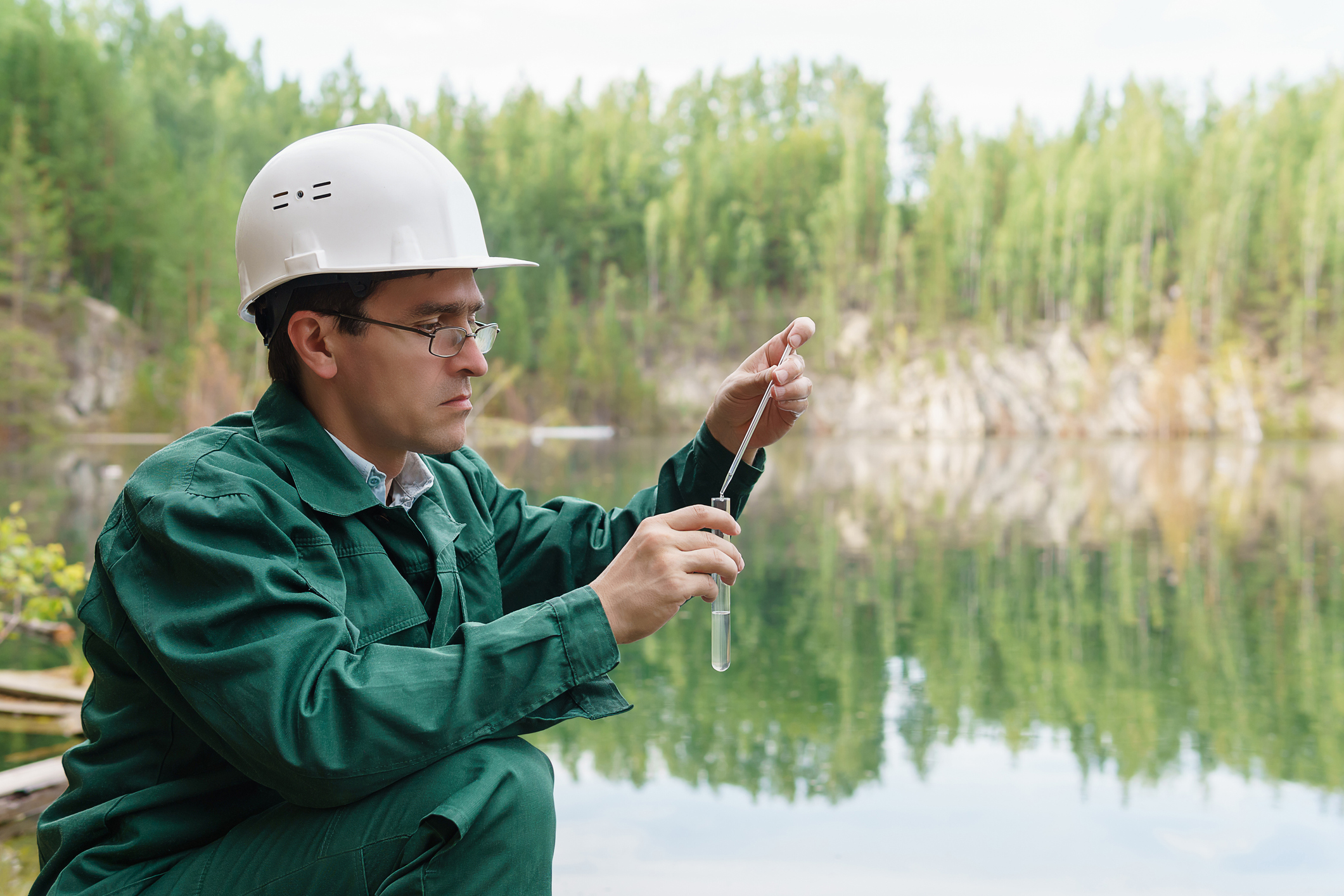How Water Quality Monitoring Protects Us

By: Adam Stephenson | May 06, 2022
When you hear water quality monitoring, what image comes to mind? Is it a person in a lab coat staring at a flask of clear water, or someone in a hard hat standing over a tank and writing on a clipboard? Either one of these images is correct, but that’s only part of the story. This article will explain what water quality monitoring is, methods used to monitor water quality, and how the data collected is used to make decisions that affect you and the environment.
What is Water Quality Monitoring?
Water quality monitoring (WQM) is exactly as it sounds, monitoring the quality of water. Water quality monitoring is done on drinking water, wastewater, in rivers, lakes, or even in your glass at home. The most important thing to remember is that WQM covers a broad range of water types and environments.
There are numerous properties of water quality that can be monitored. The monitoring can be quantitative as in temperature, or qualitative as in taste. Water can be analyzed for chemical, biological, or physical properties. Some WQM information includes pH, turbidity, conductivity, and dissolved solids.
Methods of Water Quality Monitoring
WQM is done in labs using standard methods, procedures, and tests. Colored or chromophoric dissolved organic matter (CDOM) levels can be measured using electrical optical sensors that use fluorometers and sapphire lenses. A portion of the CDOM fluoresces, or shines brightly, and is referred to as fluorescent dissolved organic matter (FDOM). Chlorophyll fluorescence, measured using algae toximeters, indicates the percentage of wet-chemical chlorophyll and active chlorophyll in the water sample under illumination. This is an effective method to keep a check on excessive algal growth and monitor water quality.
WQM is also done in the field with the aid of handheld equipment, probes, and test kits. For example, the Secchi disk, a plastic disk with alternating black and white sections, is often lowered in a water body to measure the depth until which it is no longer visible. This is a measure of the cloudiness of the water. Probes and handhelds are used to measure pH, temperature, and dissolved oxygen levels in the field.
Using the Data
Now that the water quality has been monitored, what do we do with all the data? The data is used to project trends, make process control adjustments, detect water quality issues, evaluate compliance, and even shape policy and legislature. Having data across spatial and temporal scales aids in establishing trends and patterns which helps managers and others make more informed decisions. In some cases, such as at a water or wastewater plant, this data is collected, stored, and analyzed in a Supervisory Control and Data Acquisition (SCADA) system. This computer program allows operators to not only see real time data, but it also allows them to control the plant in real time. WQM has lots of power. Regardless of how the data is collected, analyzed, or stored, WQM data is of the utmost importance for protecting public and environmental health now, and in the future.

